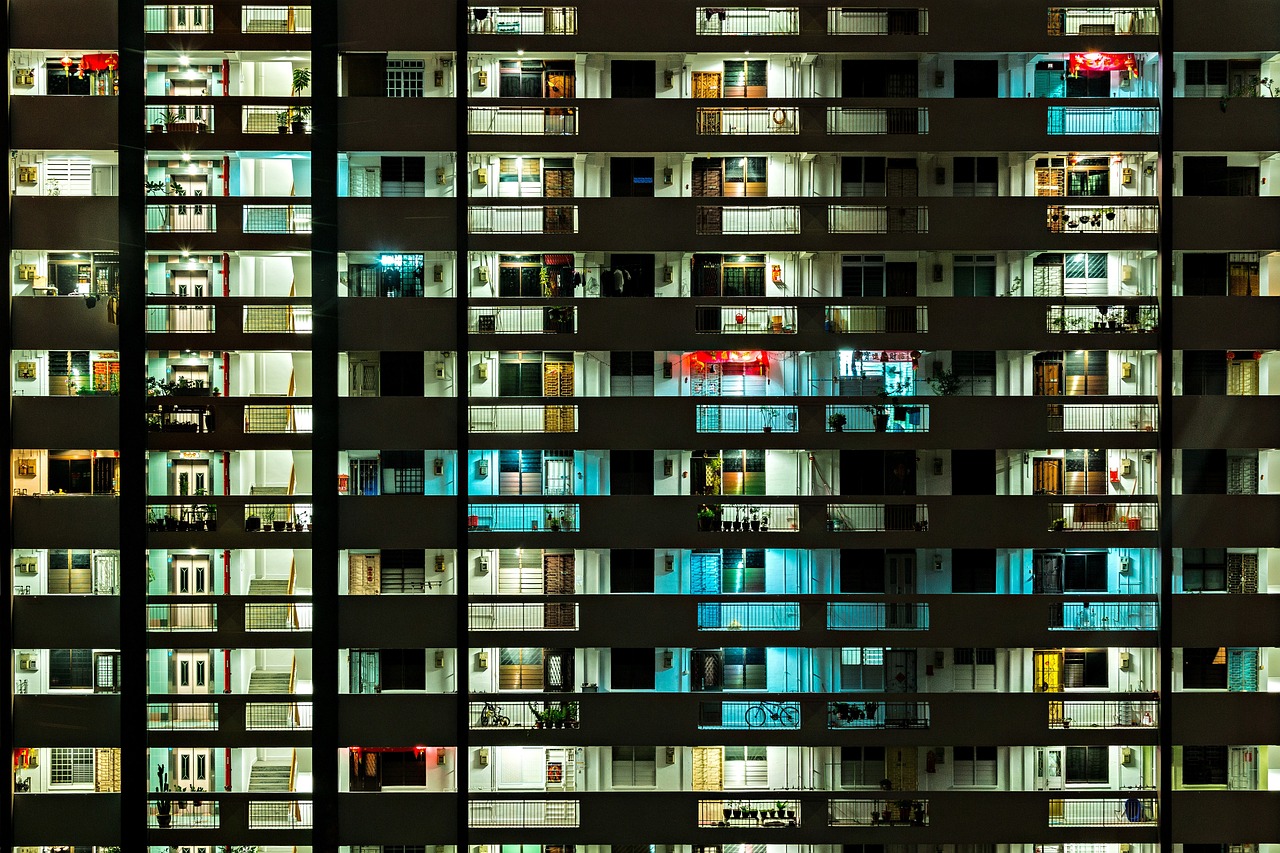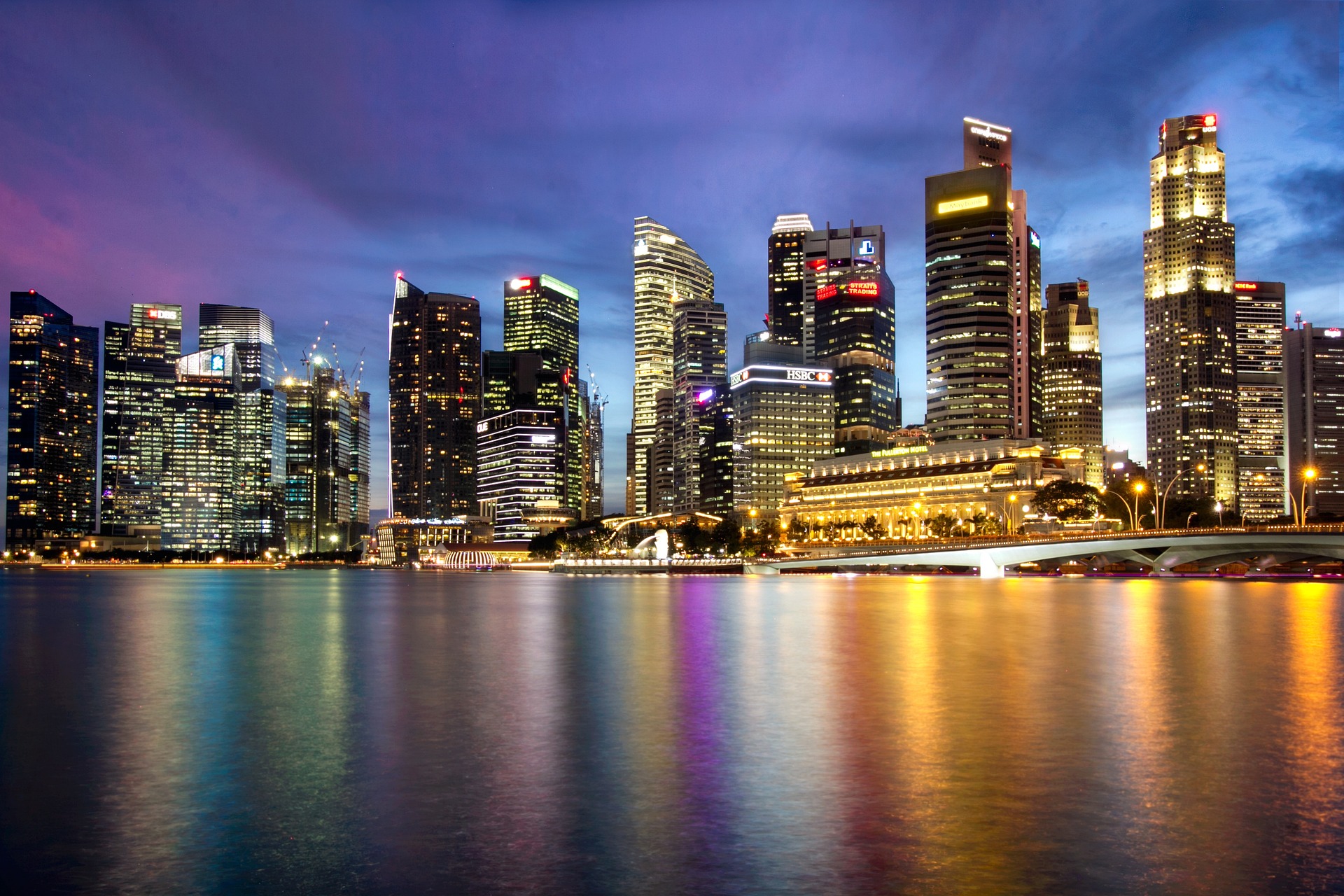Setting Standards in Singapore
Singapore, sometimes known as ‘instant Asia’, sometimes known as the ‘garden city’, and more recently, thanks to its large port, known as a nation of rapid growth.
There’s no doubt that the city is emerging as one of the most progressive economies in Southeast Asia. The result of this continued prosperity and progress has resulted in confidence from local and foreign investors, which in turn comes with increasing opportunity.
With every pro however, there’s a con, and in Singapore’s case the positivity of economic growth, expansion, and development pose challenges in terms of sustainability and wellbeing for the built environment.
Progression demands a responsibility to the planet and thankfully urban planners and designers appear to be taking this duty seriously, but what is truly being done to future-proof design in a nation of rapid change? And how is the lighting industry being called upon to play their part in designing a sustainable future?
Super Low Energy Design
In an attempt to think long-term developmentally, and in the interest of a greener infrastructure, Singapore has recently implemented the Singapore Green Plan 2030, an agenda to encourage the advancement of sustainable development.
One of the key targets set by the plan stipulates that 80% of all new buildings must be ‘Super Low Energy’ (SLE), featuring better energy efficiency using onsite and offsite renewable energy.
There’s no doubt that this target, along with others within the plan are optimistic and will most definitely be a challenge, but it’s a great starting point to set high standards for new buildings and those undergoing major retrofits and the optimist in me thinks it’s possible!

Sustainable Strategy
Another Singaporean initiative is ‘Green Mark’, similar to international standards such as LEED and BREEAM, this local scheme certifies buildings on their efficiency and sustainability. Whilst they all have international recognition, Green Mark is run by local government agencies, tailoring research specifically to a Singaporean context.
Similar to LEED, Green Mark has four tiers of grading defined by the number of points achieved. One of the stipulations is ‘Lighting Efficiency and Controls’, where the amount of power it takes to illuminate a space is rated and must be kept at a certain level for the building to be certified.
Lighting designers will continue to be pushed on an official level to ensure that each lighting scheme implemented will not only comply with current regulations but will endure on a sustainable level.
According to statistics from Building and Construction Authority (BCA), around 55% of Singaporean buildings at the end of 2022 have stepped up to improve energy performance from baseline. This creates real hope – not only in meeting local green plan goals, but also in closing in on wider net zero agendas.

High standards
The latest and greatest construction projects taking place in Singapore are setting the benchmark: Shaw Tower for example is set to be Singapore’s first Grade-A Commercial Building to achieve BCA Green Mark Platinum (SLE) under the latest 2021 criteria. This building is especially exciting from a lighting perspective as it includes features such as smart, automatic lighting systems and tenant power management strategies that reduce energy use to reach the set efficiency targets.
However, one of the downfalls of these initiatives is the emphasis on ‘future’, I believe that we also need to have the same importance focused on the ‘present’. New development, in order to meet the targets of The Green Plan, often means demolishing and rebuilding structures in order to fulfil set requirements. Is this sustainable or circular? The Green Plan thinks it is.
To think sincerely sustainably we shouldn’t be demolishing anything, circular economy is key to an environmentally friendly way of developing. We need improvement strategies and adaptable development to evolve existing buildings, not a solution that initially adds to environmental problems by demolishing buildings in order to achieve set targets in their replacements.
Setting an example
Singapore can be used as a paradigm for the rest of the world. It can act as a testing ground and supply a template that can be used as a basis for other, much larger areas that are on the cusp of similar economic and developmental growth. And when it comes to lighting, set goals help us to think outside the box as we are pushed to consider energy usage, as well as how to create beautiful, purposeful designs.
Lighting should strive to continue to complement and respond positively to nature, as well as architecture, it should aim promote and enhance healthy ecosystems. It plays a pivotal role in the agenda of a more sustainable future and with technical rigour and care as lighting designers, we can continue to work positively with project teams towards Singapore’s and consequently the worlds ever-expanding, vibrant, and most importantly, environmentally considerate cityscapes.


